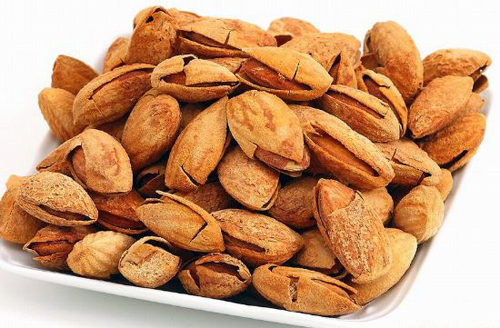The source is from the mature seed of Prunus armeniaca L., or P. armeniaca L. var. ansu Maxim, family Rosaceae. The medicinal material is produced in the areas of Northeast, North and NorthwestChina, Xinjiang, and the reaches of the Yangtze River of China, collected in summer when the fruit is ripe and dried in the sun after it is shelled. The crude one is used.
Medicinal Properties: Bitter in flavor, slightly warm in nature, mildly toxic and attributive to the lung and large intestine meridians.
Actions: Relieve cough and dyspnea, moisten the intestine and relax the bowels.

Application
1. It is used for cough and dyspnea, is an essential medicine of treating them and can be used to treat all kinds syndromes of cough and dyspnea in combination with other herbs according to syndrome. For cough and dyspnea of wind-cold type, it can be used in combination with Mahuang (Herba Ephedrae ) and Gancao ( Radix Glycyrrhizae), such as San'ao Tang (Decoction); for cough of wind-heat type, used with Sangye (Folium Mori), Juhua (Flos Chrysanthemi ), etc.; for that of dryness-heat type, used together with Sangye (Folium Mori), Beimu ( Bulbus Fritillariae ) , and Shashen (Radix Glehniae ), etc.; for that of lung-heat type, used together with Mahuang (Herba Ephedrae ), Shengshigao ( Gypsum Fibrosum, unprepared), etc.; such as Ma Xing Shi Gan Tang (Decoction).
2. For constipation due to dryness of intestine, it is usually combined with Huomaren ( Semen Cannabis ), Danggui ( Radix Angelicae Sinensis ), Zhike ( Fructus Aurantii) and others, such as Runchang Wan (Pill).
Usage and Dosage: 3 - 10 g is used in decoction for oral use, which is usually broken.
Notes: Since it is mildly toxic, overdosage should be avoided and it is used in infants with caution.







